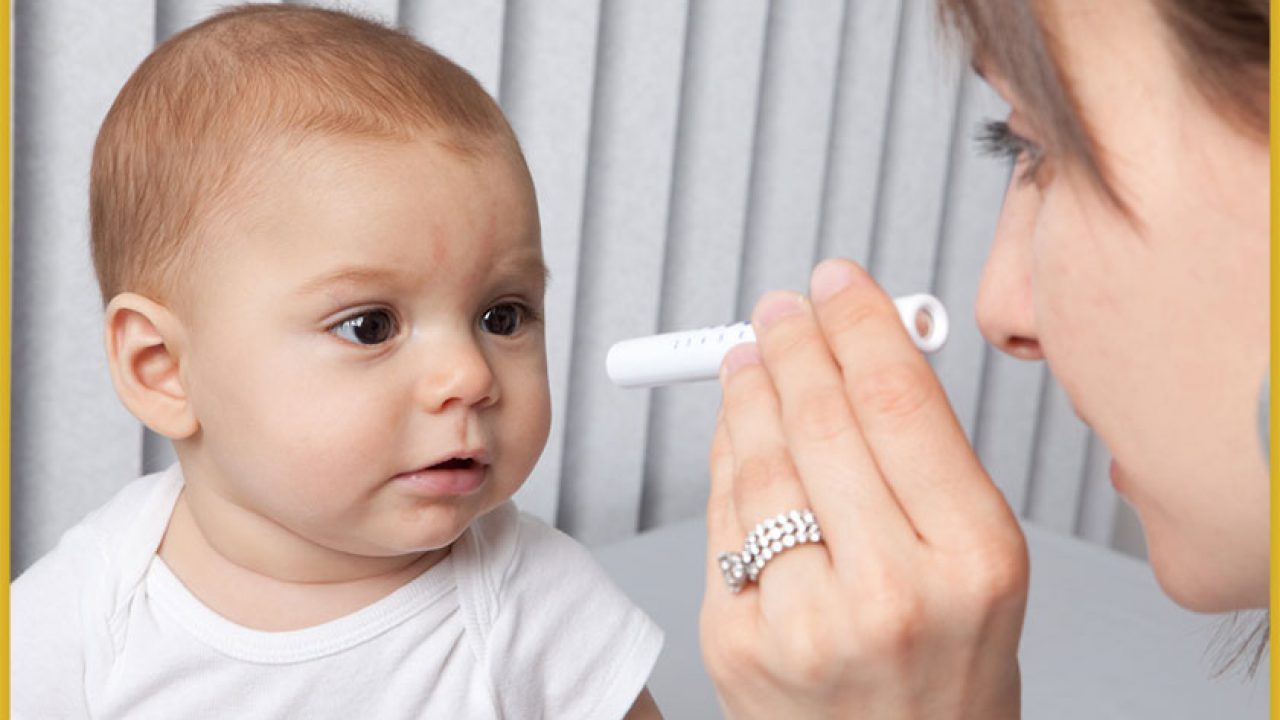
DiYES International School – Amblyopia in children, commonly known as lazy eye, is a vision disorder that can affect a child’s development if left untreated. It occurs when one eye fails to develop normal vision, despite the absence of any physical abnormalities in the eye itself. This condition is often unnoticed in early stages, as the child may not recognize that they are experiencing vision problems. Without early diagnosis and treatment, amblyopia can result in long-term vision impairment, as the brain tends to favor the stronger eye over the weaker one. Therefore, timely identification is crucial to ensure successful treatment and prevent permanent vision loss. By understanding the importance of early diagnosis, parents can take proactive steps to address this condition and ensure their children enjoy healthy vision.
Amblyopia occurs when there is a problem with the brain’s ability to process visual information from one eye. In some cases, the condition develops when the brain ignores input from one eye. The causes of amblyopia vary, but the most common include strabismus, refractive errors, or cataracts. Strabismus occurs when the eyes are misaligned, leading the brain to rely on one eye. Refractive errors, such as nearsightedness or farsightedness, can also cause the brain to prefer one eye. Cataracts in a child’s eye may block vision, leading to amblyopia. These conditions can be detected and treated with early diagnosis.
“Read about: Gallstones in Children: Causes, Symptoms, and Treatment”
Children with amblyopia may not realize there is a problem with their vision. Early signs can be subtle. Parents should watch for signs such as squinting, turning the head to one side, or difficulty with hand-eye coordination. Children may also have trouble reading or recognizing objects at a distance. In severe cases, the child may only use one eye to see. Parents should schedule an eye exam if they notice any of these signs. Early detection is key to preventing further vision complications.
An eye care professional diagnoses amblyopia through a comprehensive eye exam. The exam usually includes tests to measure vision in both eyes. Eye alignment is also checked. If a child is suspected of having a refractive error, tests will be conducted to determine the degree of nearsightedness or farsightedness. An eye patch or corrective lenses may be recommended if amblyopia is detected. These treatments can help stimulate the weaker eye and promote better vision. In some cases, additional treatments like surgery may be required.
The earlier amblyopia is diagnosed, the more effective the treatment will be. Treatment options vary depending on the severity and cause of the condition. In mild cases, corrective lenses or glasses may be enough to improve vision. In more severe cases, an eye patch is often used to force the brain to use the weaker eye. Vision therapy exercises may also help. Treatment may last for several months to a few years, depending on how well the child responds. When treated early, children often recover full vision in the affected eye.
“Read more: Exclusive Breastfeeding: A Key to Your Baby’s Health and Immunity”
If amblyopia is not treated, it can lead to permanent vision problems. The brain will continue to rely on the stronger eye, and the weaker eye will become even less effective. This may result in permanent loss of depth perception or a reduced field of vision. Untreated amblyopia can affect a child’s ability to perform everyday tasks, like reading, sports, or driving. The earlier amblyopia is identified, the less likely it is to result in lasting vision impairment.
Routine eye exams are essential for early detection of amblyopia. All children should have their first eye exam at 6 months of age, followed by additional screenings as they grow. Early screening allows for timely intervention. If amblyopia is found, treatment can begin immediately, improving the chances of success. Many children with amblyopia can achieve normal vision if they are treated before the age of 7. Therefore, parents should ensure their children receive regular eye exams to detect amblyopia and other vision problems early.
Parents play a crucial role in the early detection of amblyopia. By noticing early signs and seeking professional help, they can ensure their child receives proper treatment. Parents should be aware of any changes in their child’s vision and encourage them to communicate if they have difficulty seeing. Regular visits to an eye care professional are necessary for monitoring the child’s vision health. Parents should also follow the treatment plan prescribed by the doctor to help the child’s recovery.